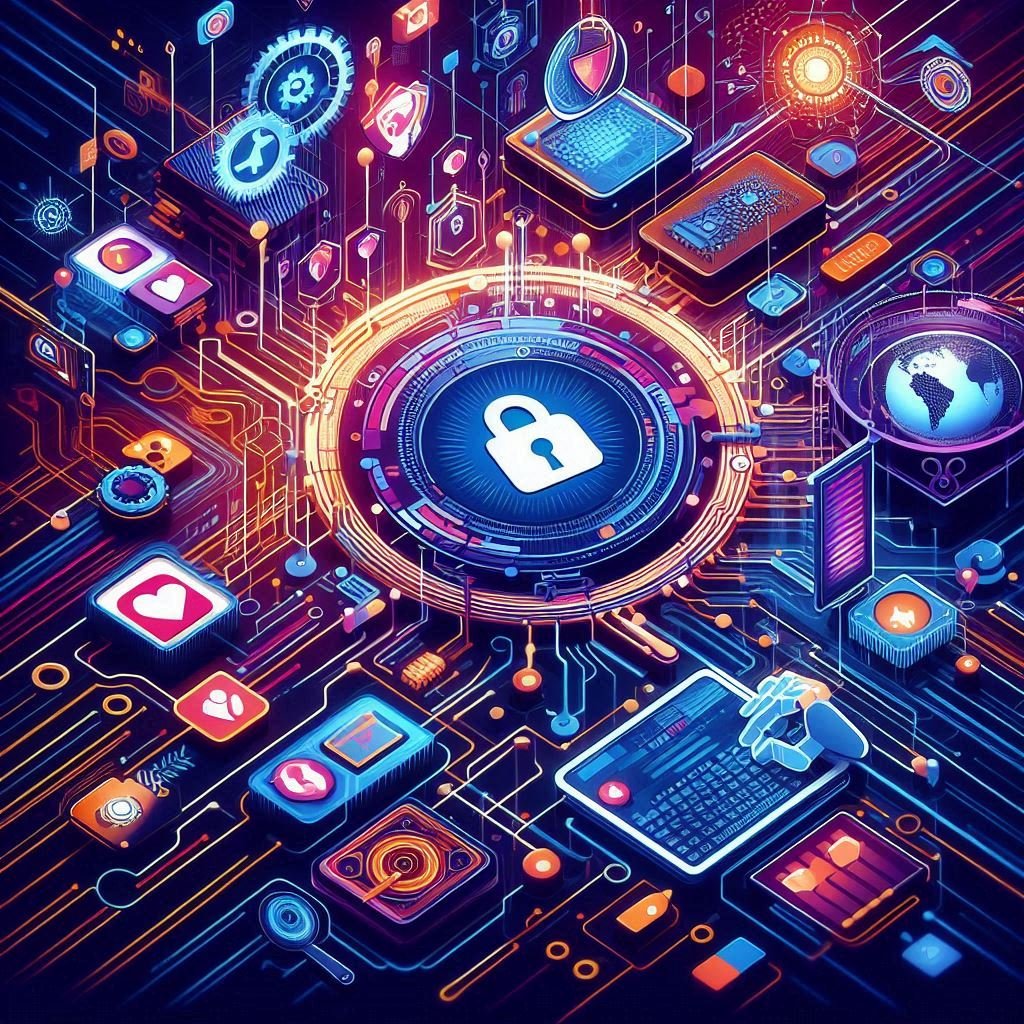GRC Basics 411: What MSPs Should Know
Understanding Governance, Risk, and Compliance (GRC) for Managed Service Providers
Managed Service Providers (MSPs) face increasing pressure to ensure the security, reliability, and compliance of their clients' IT environments. Governance, Risk, and Compliance (GRC) is a strategic framework that can help MSPs meet these challenges.
What is GRC?
GRC is a systematic approach to managing an organization's governance, risk, and compliance activities. It involves:
- Governance: Establishing policies, procedures, and frameworks to ensure effective management and decision-making.
- Risk Management: Identifying, assessing, and mitigating risks that could impact the organization's objectives.
- Compliance: Adhering to laws, regulations, and industry standards.
Why is GRC Important for MSPs?
GRC is crucial for MSPs because it:
- Protects clients: By ensuring that clients' data and systems are secure and compliant.
- Enhances reputation: A strong GRC program can enhance an MSP's reputation and credibility in the market.
- Reduces risk: By proactively identifying and addressing potential risks, MSPs can minimize the likelihood of security breaches and legal issues.
- Improves efficiency: GRC can streamline processes, reduce costs, and improve overall operational efficiency.
Key Components of a GRC Framework
A comprehensive GRC framework typically includes the following components:
- Risk Assessment: Identifying and evaluating potential risks to the organization, including security threats, compliance violations, and operational disruptions.
- Policy and Procedure Development: Creating clear policies and procedures to guide governance, risk management, and compliance activities.
- Compliance Management: Ensuring adherence to applicable laws, regulations, and industry standards, such as HIPAA, PCI DSS, and GDPR.
- Incident Response: Developing a plan for responding to security incidents and other emergencies.
- Continuous Monitoring and Improvement: Regularly reviewing and updating the GRC framework to address evolving risks and requirements.
Risk Cognizance: A Critical Aspect of GRC
Risk cognizance is the ability to understand and manage risks effectively. It is a fundamental component of a successful GRC program. MSPs should strive to:
- Cultivate a risk-aware culture: Encourage employees to be mindful of risks and to report potential issues.
- Leverage technology: Use tools and automation to identify and assess risks more efficiently.
- Stay informed: Keep up-to-date on emerging threats and industry best practices.
- Prioritize risks: Focus on addressing the most critical risks first.
Implementing GRC in Your MSP Business
Implementing a GRC framework can be a complex undertaking, but it is essential for long-term success. Here are some key steps to consider:
- Conduct a risk assessment: Identify and evaluate the risks that could impact your MSP business.
- Develop policies and procedures: Create clear guidelines for governance, risk management, and compliance.
- Choose the right technology: Consider using GRC software to automate and streamline processes.
- Provide training and awareness: Educate your employees about GRC concepts and best practices.
- Monitor and improve: Continuously review and update your GRC framework to address evolving risks and requirements.
By understanding and implementing GRC, MSPs can protect their clients, enhance their reputation, and achieve long-term success.

